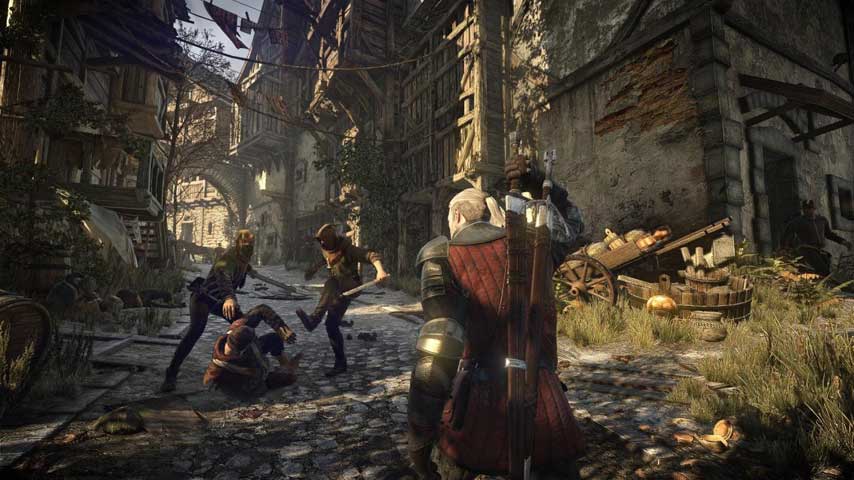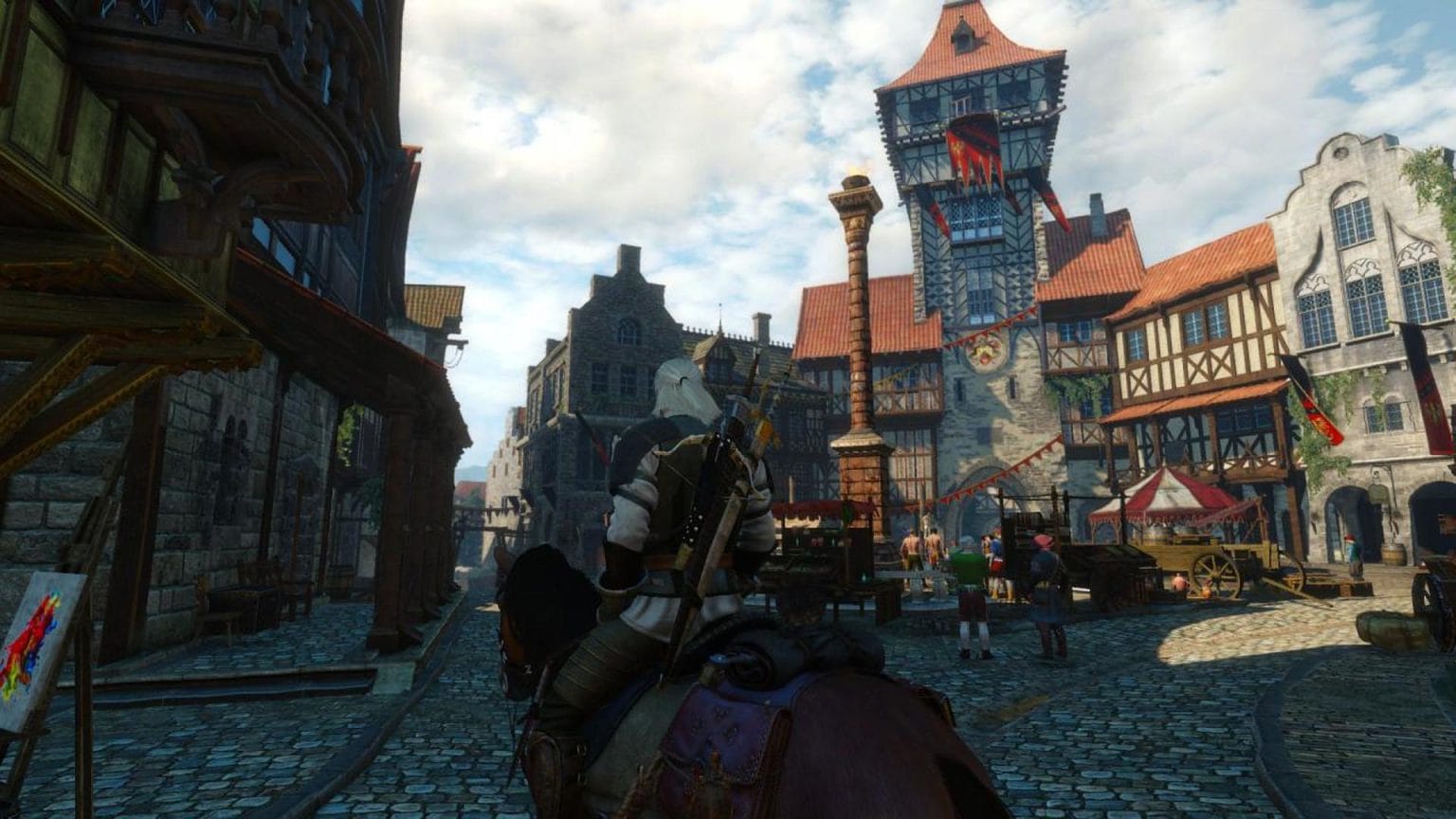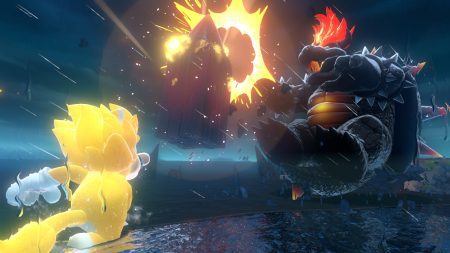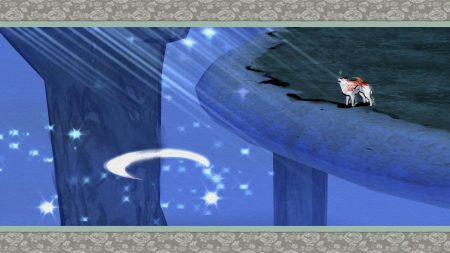Welcome to Punished Notes, a series of (hopefully) weekly articles outlining many of my random thoughts on games I’ve been playing, reading about, or even watching on YouTube or Twitch. This week, I am listing my favorite cities in all of video games, plus some fun lightning round thoughts on Hollow Knight, No Man’s Sky Next, and one of my favorite snacks!
Best Cities
The best video games often succeed at immersing the player in wondrous (yet somewhat believable) environments. In some cases, such environments take the form of miniature towns or cities, often with their own sense of character. Most of the time, these locations serve particular purposes, but in special cases they make the player feel like a tourist, gawking at the sights and interacting awkwardly with locals. Here are some of my favorite examples of video game towns/cities (five to be exact):
(Note: games that take place entirely in one large city, such as Grand Theft Auto or Bioshock, are not eligible for this list because I said so)
(Other note: no adaptations of real cities either, so I won’t include anything from, say, the Assassin’s Creed franchise)

Novigrad (The Witcher 3: Wild Hunt)
What makes The Witcher 3’s Novigrad so special is how its enormous size never undercuts its depth. The regal city features multiple neighborhoods, from rat-infested slums to the cobble-stoned boulevards of wealthier pastures, and every square foot of the place features its very own character and background. Many of the game’s best plotlines explore every inch of Novigrad: some quests involve traveling through the city’s intricate sewer system in search of dangerous beasts, others involve interacting with the everyday folk in the calm and peace of their very homes, and some even involve learning about the city’s cultural landmarks, including its local bathhouse, its community theater, and its elementary school.
Novigrad also features incredible tonal balance, as in a day there can include both slaughtering a higher vampire in a warehouse and attending a beautiful singing performance at a local pub. The Witcher 3’s brilliance lies in its world-building and character interactions, and Novigrad reflects that.

New Donk City (Super Mario Odyssey)
Our beloved plumber’s latest adventures took him across the world to a myriad of quirky environments (somewhat) inspired by real places, and none hit the mark quite like New Donk City, a metropolis with Donkey Kong references out the wazoo. As a New Yorker, I appreciate Nintendo’s dedication to bringing some of my hometown’s more absurd features to the virtual world: everything’s constantly under construction, there’s always traffic for some reason, the sewers are full of toxic sludge, and it’s totally normal to see a jazz musician performing atop a skyscraper (yes, that’s a thing).
More importantly, many of the game’s best moments occur here: the “Jump Up, Superstar” sequence, escaping a T-Rex on a moped, and what I like to call the “Theater of Mario” all happened here. Super Mario Odyssey is a great game without New Donk City, and an incredible game with it.

Rivet City (Fallout 3)
Fallout 3’s Capital Wasteland teems with mysterious and interesting locales, though Rivet City remains the most fascinating, mostly because of how mundane it is. Located within a beached aircraft carrier, Rivet City contains possibly the most realistic kind of city that exists in the entire Fallout universe: every major NPC has their own room (or at least their own cot), the marketplace includes every kind of shop a normal town might have, and the characters always appear busy or preoccupied with something. The player gets to interact with many different types of characters, from conniving council members to rambunctious children, and every NPC seems to have their own interesting story, and not always one that involves the player doing anything.
The coolest part of Rivet City? As much as some would point to several of the quests within it (such as “The Replicated Man”), the scene that struck me the most was simply seeing a family of NPCs sit down for dinner at Gary’s Galley, the town’s main restaurant. Just like any family naturally would, this group decided around 6:00 PM that it was time to eat, and traveled to this restaurant and sat down for some Instamash with a side of Nuka-Cola. There’s no quest tied to this action or even anything particularly relevant to the main story about it. It’s just a plain old family dinner, just like in real life.

Blackwater (Red Dead Redemption)
Rockstar’s masterwork Red Dead Redemption presents a tragic tale of a man who can never truly leave his past behind and must witness first-hand the inescapability of a future where people like him no longer exist. The town of Blackwater best reflects these motifs.
Blackwater, the central location of the game’s brilliant third act, is an industrialized settlement meant to emulate the earliest modern American cities, with major societal advancements dressing the cobble-stoned streets. Unlike the other towns in Red Dead Redemption, Blackwater isn’t a haven for lawlessness; uniformed police patrol the neighborhoods equipped with modern weaponry, and they do not tolerate the kind of shoot-from-the-hip shenanigans that define earlier parts of the game. The NPCs here are also unique from the rest of the game, as they seem more like educated, fancy city-folk as opposed to the virile cowboys found in dirty saloons everywhere else.
The town for the most part appears like a larger version of several other locations in the game, one where you can find gun shops, newspapers, and tailors. What makes Blackwater stand out (besides its breadth) is that it holds many of the more modern cultural and capitalist institutions, including a bank, a police department, and even an early movie theater, where the player can sit and watch silent films.
Protagonist John Marston constantly ponders his mortality throughout Red Dead Redemption, wandering the Old West knowing that his death could come at any minute. As he walks through the streets of Blackwater, seeing with his very own eyes how much the world has passed him by, he may as well already be dead.

Hyrule Town (The Legend of Zelda: The Minish Cap)
Every Zelda game has its fair share of lovely towns and cities, but the base Hyrule Town from the overlooked GBA entry The Minish Cap stands out the most to me.
At its core, the town differs little from its counterparts in, say, Ocarina of Time or Twilight Princess. You’ll find an outdoor marketplace, plenty of mini-game shops, a ton of NPCs, and yet another coffee shop/tavern that (seemingly) serves little narrative purpose. From the outside, the Hyrule Town from The Minish Cap doesn’t appear particularly special.
Dig deeper, however, and you’ll see how truly deep the town really is. Link can shrink to the size of a small rodent in The Minish Cap, and Hyrule Town allows the player to take full advantage of this power; most buildings have tiny doorways or enclosures that hid fun little secrets and characters, and many of the game’s most charming side quests involve finding ways to traverse the town as the tiniest hero of time.
The brilliance of Minish Cap’s Hyrule Town is found not just in its charm, but in how seemingly every part of the place hides something. The Minish Cap received a great deal of criticism for how short it is, but I’ve spent many hours just getting lost in this miniscule town, trying to find hidden treasures in every tiny corner. In a series littered with excellent locales, this version of Hyrule Town takes the cake.

LIGHTNING ROUND!!!
–Hollow Knight clearly takes a lot of inspiration from Dark Souls, but it succeeds in a key area where the Souls series often fails: to present a world where the player feels more like a resident than a survivor. Sure, Hollow Knight has its fair share of enemies to kill (with some especially tough ones as well), but you get the feeling that Hallownest is a place where real characters live everyday lives. Dark Souls mostly feels like a survival horror game in a non-horror setting.
-I’ve noticed a great level of discourse surrounding the most recent update to No Man’s Sky. People on one side have argued that the Next update feels like a new game and rights developer Hello Games’ previous wrongs with the title, while the other side contends that games should always be finished products upon release (or at least as advertised) and no amount of updates or additions to No Man’s Sky can mitigate the fallout from the game’s disastrous launch.
Which side am I on? Both. Hello Games totally botched the release of No Man’s Sky in 2016, disrespecting the consumer and failing to live up to hilariously lofty expectations. Now? The game appears to be what everyone wanted it to be, and that’s a good thing. The real lesson in all of this: wait for the reviews before you buy anything.
-From what I’ve played so far, Pillars of Eternity is a very good RPG, with incredibly well-written dialogue and a complex but largely intuitive battle system. That said, I’ve had to force myself to get into playing it. It’s sort of like going to the gym: once I’m there, I have no problem with going through my usual routine, but sometimes working up the motivation to actually leave my apartment in the morning to lift heavy things for 40 minutes is difficult. Maybe I’d feel differently had I grown up with cRPGs.
-Pistachios are the ideal snack for anyone trying to cut down on calories because you actually have to crack them open. Unlike other nuts, pistachios make you WORK FOR IT. Not exactly for the weak.
Sam has been playing video games since his earliest years and has been writing about them since 2016. He’s a big fan of Nintendo games and complaining about The Last of Us Part II. You either agree wholeheartedly with his opinions or despise them. There is no in between. A lifelong New Yorker, Sam views gaming as far more than a silly little pastime, and hopes though critical analysis and in-depth reviews to better understand the medium's artistic merit. Twitter: @sam_martinelli.










